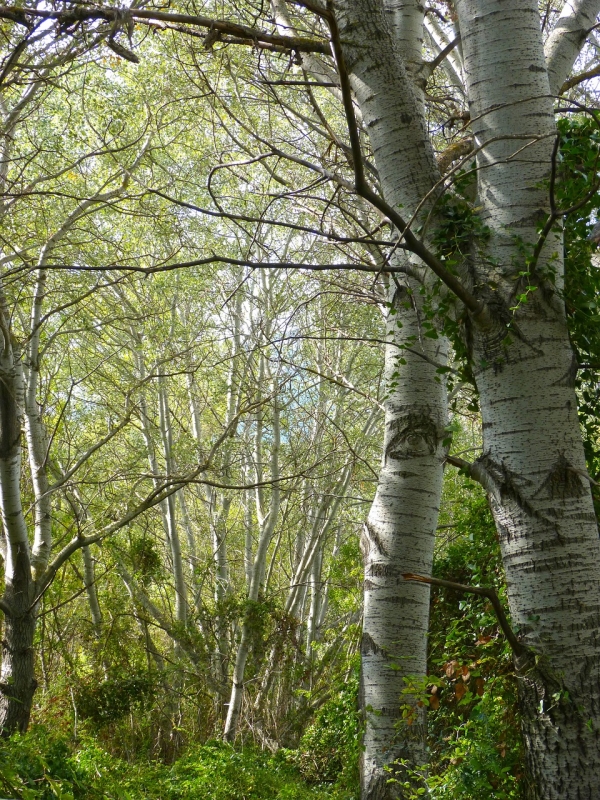A lot has changed in the world since the Endangered Species Act (ESA) was enacted 50 years ago in December 1973.
articles
Astronomers Detect Seismic Ripples in Ancient Galactic Disk
A new snapshot of an ancient, far-off galaxy could help scientists understand how it formed and the origins of our own Milky Way.
Positive Tipping Points Must be Triggered to Solve Climate Crisis
Positive tipping points must be triggered if we are to avoid the severe consequences of damaging Earth system tipping points, researchers say.
Common Insect Species Are Suffering the Biggest Losses
Insect decline is being driven by losses among the locally more common species, according to a new study published in Nature.
Finding New Ways to Adapt to a Growing Weather Threat
Research reveals a steady increase in the number of people at risk from tropical cyclones and the number of days per year these potentially catastrophic storms threaten health and livelihoods.
Fungi and Future Forest Health
Standing in an aspen grove, surrounded by slender white trunks and a canopy of leaves that rustle in the slightest breeze, it’s easy to think only of the trees.









